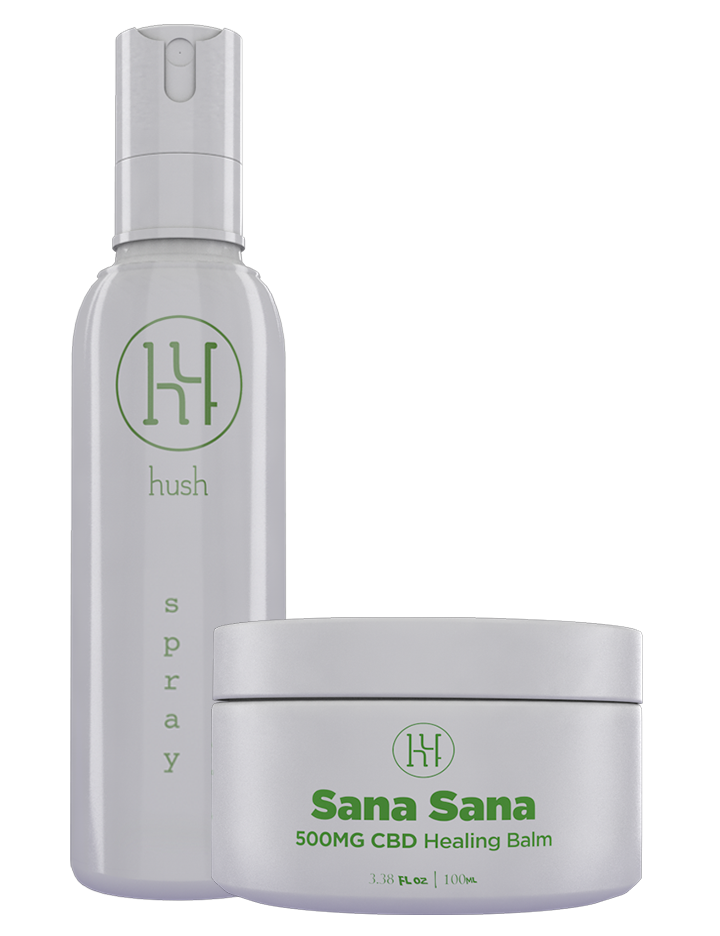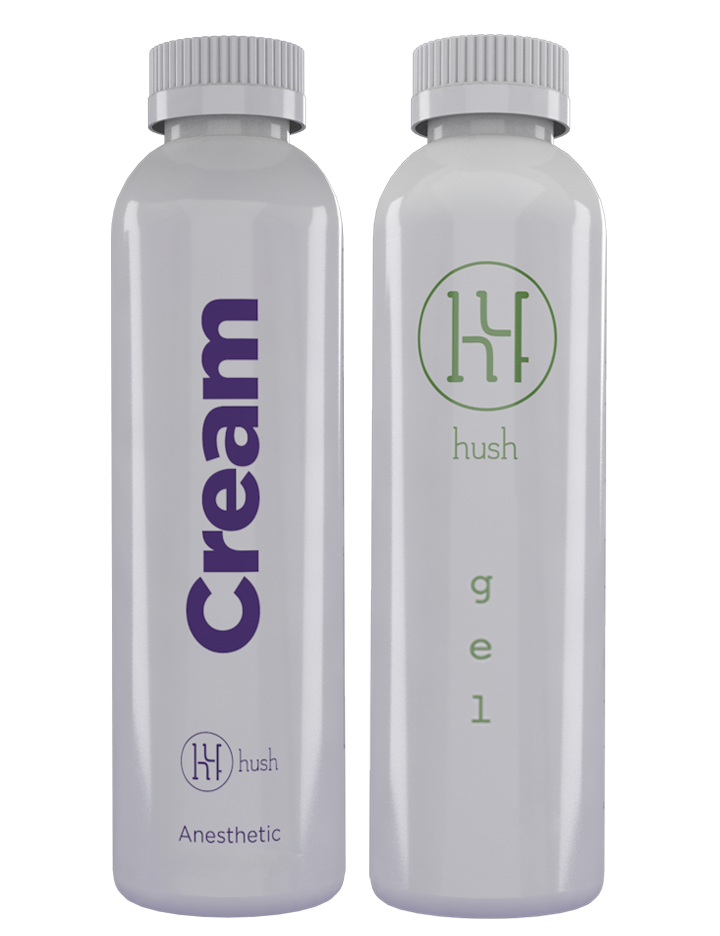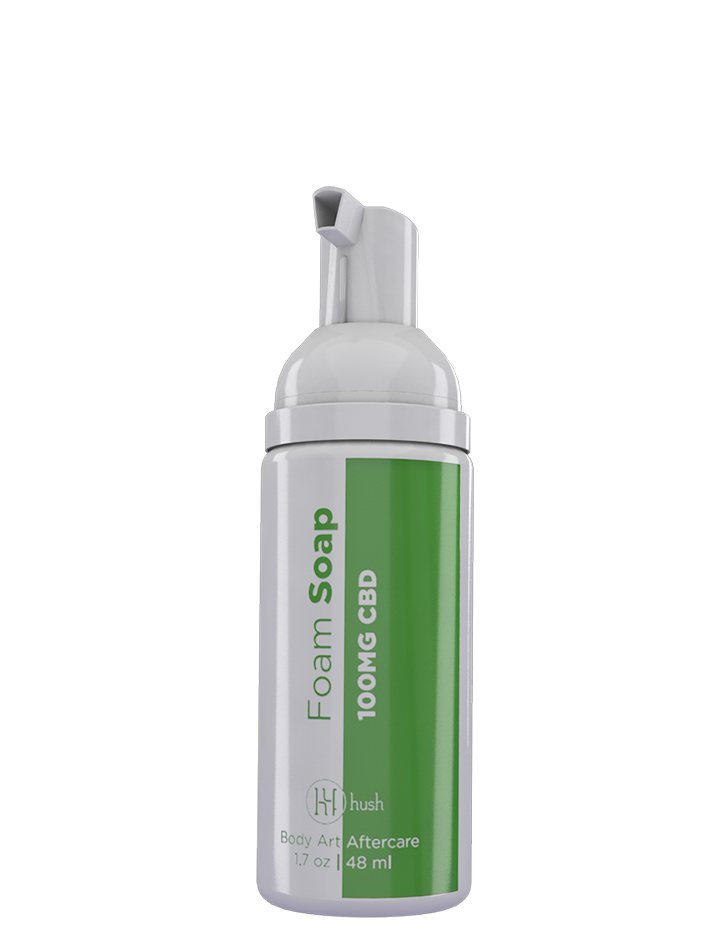So, you finally splurged on the tattoo of your dreams, it looks incredible, and you’re ready to show it off. Not so fast—the tattoo healing process takes a little time, and it is essential to know how to care for your tattoo so it heals correctly. How long do tattoos actually take to heal? We have the answers to all your tattoo questions.
Types of Tattoos
Sure, colorful collages are seen on the arms of millions, from the local skater boy to the small business owner up the road. But there are many different types of tattoos that span beyond the mainstream. Other tattoos are inconspicuously just as popular, such as permanent makeup and even paramedical tattoos. How do these tattoos differ, and how long does it take for a tattoo to heal? We need to talk.
Artful Body Tattoos
Body tattoos date back to ancient times and are the most popular form of tattoos today. These modern-day tattoos involve a sterile machine with a needle and a seemingly endless color array of permanent inks (including greyscales). The special ink penetrates deep into the inner layer of skin, known as the dermis. A tattoo artist, the tattoo ink, and the sterile machine unite to create unique and artful designs almost anywhere on the body.
Permanent Makeup
Permanent makeup is a form of cosmetic tattoo that is more inconspicuous than other tattoos. Microblading (eyebrows), powder brows, eyeliner, lip color, and faux freckles are forms of cosmetic tattoos. These types of tattoos give a person the permanent look of freshly applied makeup without the effort of an actual makeup application. Permanent makeup means no more brushes, shade-matching, or throwing out expired, half-used products. These tattoos are available in many natural colors, leaving the completed design precise and almost unnoticeable—unless, of course, you want a little more drama.
Medical Tattoos
Have you ever seen a medical bracelet that identifies if someone has a chronic condition like diabetes? Medical tattoos are the tattoo version of just that. They generally serve to either help identify that someone needs special medical care in the case of an emergency, or it can help mark an important location on the body, such as where to inject an epinephrine pen. As you could imagine, medical tattoos can be very helpful during times of crisis.
Healing Timeline: How Long Will My Tattoo Take To Heal?
You finally got the tattoo of your dreams, and it’s just like you imagined. You’re ready to flaunt that new ink to the friends who didn’t believe you’d go through with it, but the skin feels sore and may be red, oozing, or itchy. How long will it take your new ink to heal so you can show off? Here’s your answer.
Redness: Stage One (First 72 Hours)
Ouch! The tattoo site is red, irritated, and may feel tender during the first week after getting your tattoo. Your body recognizes this area as an injury, and this is normal (though frustrating). Expect the site to be sore and irritated for the first week. If excess pain, oozing, or redness occurs, this may be a sign of infection and it may be a good idea to contact your doctor.
Itching: Stage Two (Days Three to Seven)
Congratulations! You made it past the first week with your new tattoo. During the second stage of healing, your tattoo begins to itch and flake, revealing the newly healed skin underneath. It takes your skin time to recover after an injury, and the same is true for a tattoo. As your body heals, new skin cells emerge, leaving the healthy skin to replace the dead cells. Peeling begins to occur but you shouldn't be the one peeling! Let it naturally flake off in its own time. We mean it. Seriously.
Peeling: Stage Three (Week Two)
You may be concerned that your new tattoo will lose its depth of color during this week due to the peeling that occurs. Not to fear—this peeling is normal and means that the deeper layers of your skin are repairing themselves! Keep the area clean, and the colors will soon be the spotlight of attention. If it’s a greyscale tattoo, the same effect can happen in terms of black point—just give it a little time and let it shine.
Aftercare: Stage Four (Weeks 3+)
Each aftercare step is crucial for maintaining a beautifully vibrant and detailed tattoo. Use high-quality aftercare moisturizers for several months and avoid intense exposure to sunlight and heat to evade color fade. Even though it’s tempting to rock your new ink on the beach as soon as the weather allows, it’s best to wait just a tad longer. Sorry. Itching, peeling, and swelling are generally gone during this stage. You’ve made it through the hardest part!
How To Reduce Tattoo Healing Time
Although the healing process does take time, there are some things you can do to speed up the process. Here’s what you need to know.
Avoid the Sun
As mentioned above, the sun can wreak havoc on your new ink, so keeping it out of direct sunlight is crucial. Cover the tattoo with clothing to protect it from sun rays, even if it does match your bathing suit perfectly. Doing so will help it heal without becoming sunburned and damaged by the sun, and can prevent ink from fading.
Don’t Rebandage
The artist uses surgical wrap or clear plastic to cover the site when your tattoo is complete. When removing the bandage, do not recover it with another form of protection. Keeping it covered results in extra moisture buildup underneath the dressing, which means a slower healing time. You need to breathe, and your tattoo does too! Your tattoo needs oxygen to heal, so allow it to “breathe” by keeping it exposed.
Keep It Clean
Always wash your hands with antibacterial soap before cleaning your tattoo. Cleansing your hands helps prevent the spread of bacteria and germs that can cause infections. Whatever you do, don’t touch that new ink with your dirty hands. Use sterile, lukewarm water and HUSH CBD Foam Soap to clean your tattoo twice to three times daily at least for the first few weeks. Avoid using hot water, which can cause pain or irritation, and pat dry with a clean, lint-free towel or cloth.
Don’t Get It Wet
We can’t stress how important it is not to get your tattoo wet during the healing period (of course outside of cleaning it). Aside from the minimal sterile water you use to clean the tattoo, it should not get wet. Avoid exposing your tattoo to shower and bathwater, and do not swim for the first two to four weeks after receiving your tattoo.
Apply Ointment
Hydration and skin nourishment are essential for your skin when your tattoo is healing. Heavy products such as petroleum jelly are not recommended for use on a new tattoo unless specifically instructed by your artist. Products containing vitamin A and lanolin have soothing properties and may support faster healing. Ask your tattoo artist what they recommend you use during the healing period and aftercare. HUSH CBD Healing Balm helps protect fresh tattoos with nourishing botanicals and cannabinoids to keep your skin moisturized and calm—you need to chill, and so does your skin.
Avoid Scented Products
This one may sound like a no-brainer, but you’d be surprised how many products quietly (or very, very loudly) contain fragrance. Fragrances in lotions, shampoo, and conditioner may cause an allergic reaction when it comes in contact with the tattoo. Even naturally-derived fragrances can irritate the skin. Read the labels to ensure you know the exact ingredients included in the products you use.
Don’t Scratch
Don’t scratch your delicate tattoo. It will itch and may scab, and this is normal. Picking at the scab or itching the skin can result in scarring or irritation and interfere with proper healing, so do your best to resist the urge.
What Are the Signs of an Infected Tattoo?
In the unfortunate event that your tattoo isn’t healing correctly, it is vital to know the signs and symptoms of an infection that needs medical attention. Knowing these signs will help you determine if and when you need to see a doctor.
- Oozing fluid - Some oozing is typical for a few days after getting your tattoo, but prolonged oozing or pus may be a sign of infection. You should see your doctor if this occurs.
- Prolonged redness - Redness is expected for a few days after getting the tattoo, but prolonged redness may be a sign that it isn’t healing well. Monitor your tattoo closely for other signs and inflammation.
- Severe itching - Continual itching may signify an allergic reaction to the ink.
- Fever/chills - Fever or chills may be a sign that your tattoo is infected. You should see your doctor as soon as possible if this occurs.
- Swollen skin - Normal tattoo swelling occurs within the first few days, but swollen skin around the tattoo may indicate an allergic reaction to the ink if it continues.
What’s Next?
Tattoos are a unique way to express your individuality. It is crucial to care for your tattoo while it’s healing to ensure vibrant, rich color, and smooth, healthy skin in the future. After four weeks, your tattoo should not feel sore, and swelling and redness should be long gone. HUSH offers an exclusive line of topical anesthetics that are engineered to ensure your entire tattoo experience goes smoothly, whether you’re a pro or are just starting to dabble into the world of permanent ink. Our CBD foam soap gently cleanses the tattoo site and protects your new artwork from discoloration. Use this foaming soap before, during, and after the tattoo session to remove bacteria and fluids that may disrupt the healing process. To help protect your new tattoo, our CBD balm can help nourish and moisturize skin so it can do its things and heal on up. HUSH tattoo numbing and aftercare gel, foam, and soap products are as easy as it gets. Eliminate tattoo pain without compromising your body art. We numb. You relax. Art happens. Sources: Ink Rx? Welcome to the World of Paramedical Tattoos | The New York Times Permanent Makeup Guide: Everything You Need to Know | Allure Tattoos: 7 unexpected skin reactions and what to do about them | American Academy of Dermatology




